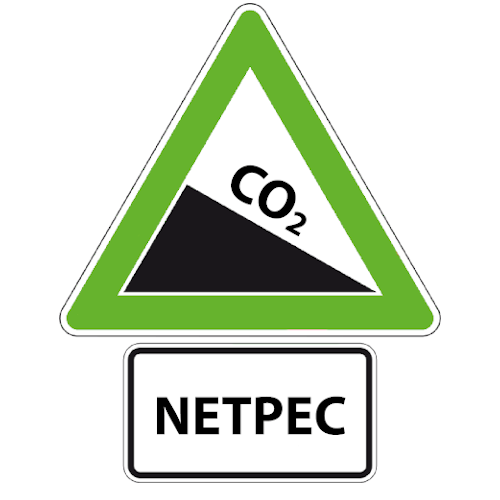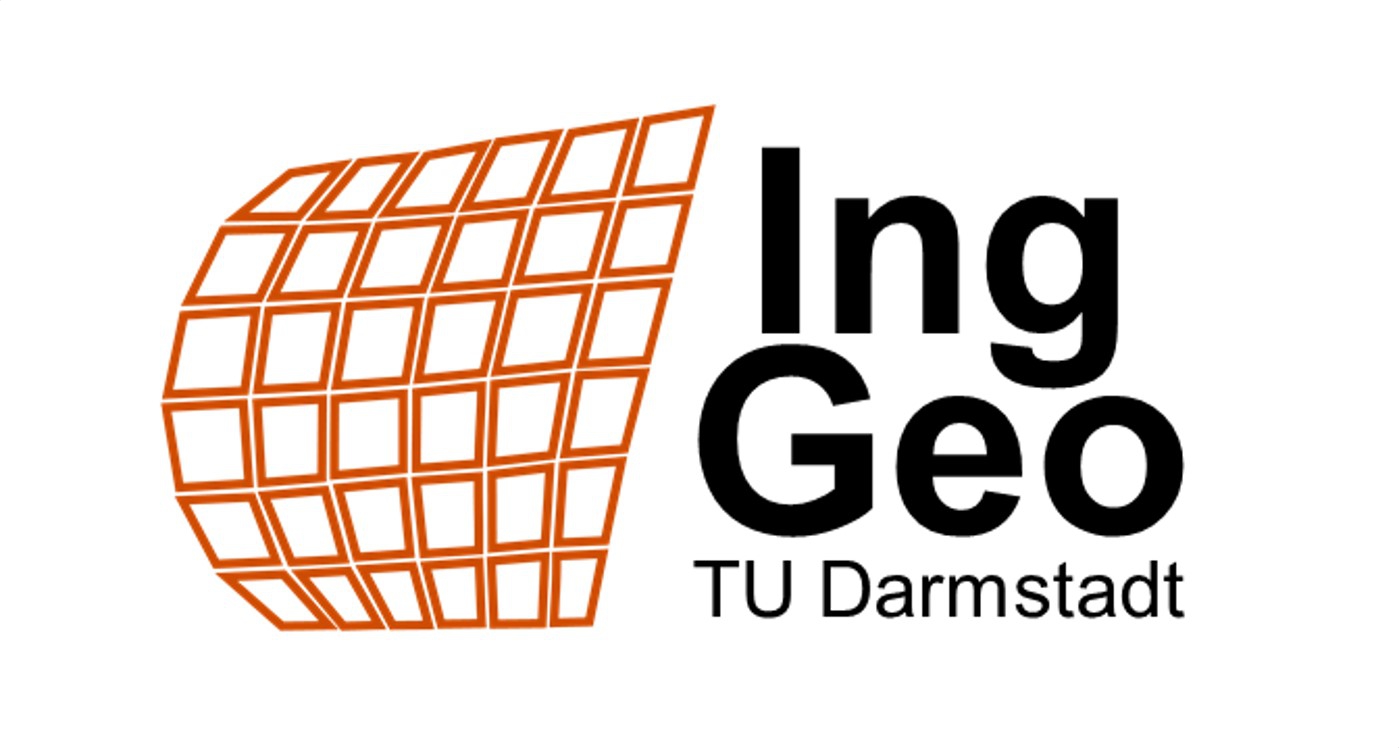After definition of criteria for a database in which the characteristics of potential geological disposal areas can be collected qualitatively and quantitatively, the database will be used for the region of Germany first. The focus is primarily on geological areas that have already been used previously anthropogenic, such as former reservoirs, mines or opencast mines. Based on this, generalised emplacement scenarios are identified, depending on the emplacement product and the geological formations. In order to make an initial assessment of the geomechanical interactions between the emplacement products and the geological emplacement volume, geomechanical-numerical models will be applied, to investigate the interaction of the classified emplacement concepts in their geological framework with the emplacement product in a generalised way. In Addition an initial assessment of potential dissolution and transport pathways will be made based on hydrogeochemical models.









